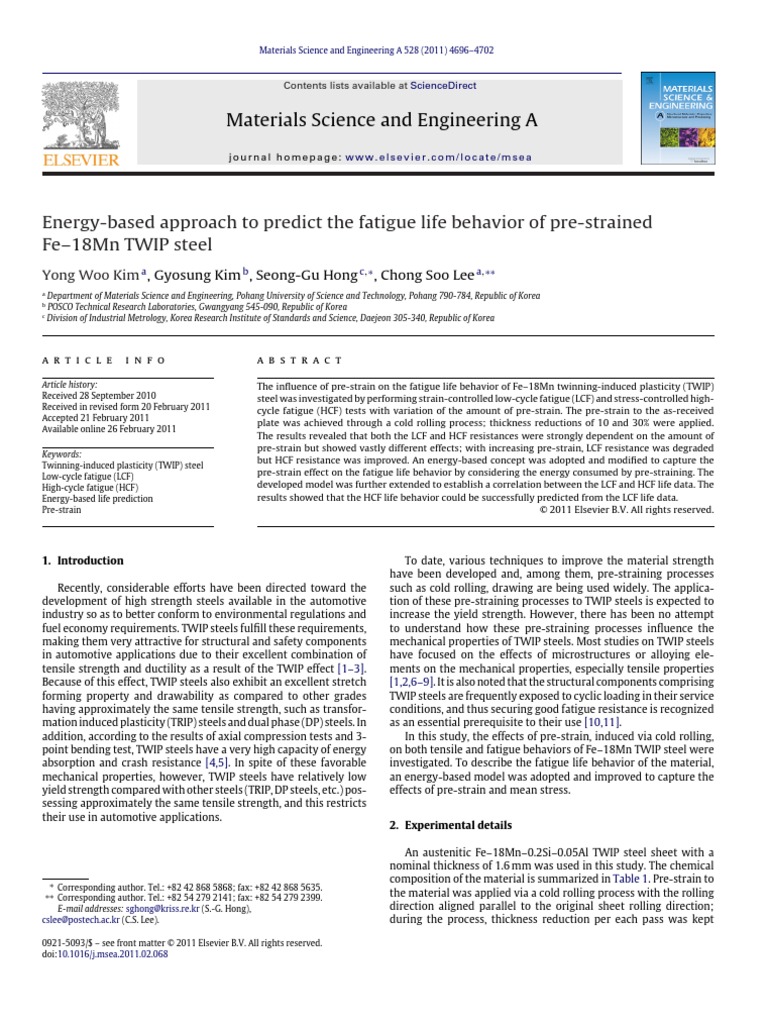The exploration of acoustics in relation to material fatigue, particularly in strained steel structures, presents a fascinating intersection of physics, engineering, and auditory perception. The phenomenon of listening to sound emitted by materials under stress is not merely a superficial inquiry; it unveils profound insights into the integrity of engineered structures and the underlying mechanisms of material degradation. This article delves into the intricacies of how sound can serve as both an indicator of failure and a medium of communication for the inherent properties of materials subjected to strain.
Fundamentally, acoustics pertains to the study of sound, its propagation, and its interaction with various mediums. The sounds produced by strained steel arise from a complex interplay of vibrational modes that emanate from the microstructural changes occurring within the material. When steel is subjected to stress, microscopic defects such as dislocations, voids, and inclusions become more pronounced, leading to alterations in the acoustic emissions. These emissions can be classified into two primary categories: continuous emissions linked to mechanical oscillations and transient emissions associated with sudden crack formations. This duality allows for a comprehensive analysis of fatigue mechanisms through acoustic monitoring.
One of the most compelling aspects of using sound as an investigative tool is its ability to provide real-time feedback on the condition of structural components. Traditional methods of assessing material integrity often involve invasive techniques, such as ultrasonic testing or radiography, which can be resource-intensive and time-consuming. In contrast, acoustic emission monitoring (AEM) offers a non-destructive alternative that can be employed while the structure remains in service. AEM systems capture the high-frequency waves produced by evolving faults within the material, translating them into valuable data that can be analyzed to predict failure probabilities.
The fascination with acoustics in this context stems from the idea of listening to the material itself. Unlike conventional methodologies that assess materials through external measurements, AEM provides an auditory interface with the material’s inner workings. The sounds that resonate from a strained steel beam, for instance, serve as an auditory narrative of its degradation pathway. Some engineers liken these emissions to a “whisper” of warning from the steel, alerting observers to the impending failure should the strains exceed certain thresholds.
Diving deeper into the specifics of acoustic emissions, one can categorize the frequencies involved in different modes of failure. When a material experiences gradual wear, low-frequency sounds predominately arise due to slow-slip mechanisms at the atomic level. These frequencies often manifest as a low rumble, correlating with background noise in industrial environments. Conversely, when catastrophic failure occurs, such as crack initiation and propagation, high-frequency waves are released, characterized by sharp, transient bursts. This abrupt change in the sound profile can be instrumental in implementing timely safety measures by indicating that a structure has entered a critical state.
Empirical studies substantiate the correlation between the characteristics of sound emitted by materials and their structural integrity. This connection offers a unique approach to quantifying fatigue. Researchers have established thresholds of acoustic emissions that can be correlated with specific stress levels, thus providing a quantitative framework within which material scientists and engineers can operate. This capacity for prediction extends beyond mere monitoring; it encompasses a broader scope of proactive design modifications aimed at enhancing durability and performance efficacy.
The implications of this research transcend the boundaries of structural engineering. The aesthetic dimension of sound, particularly in urban environments where steel facades dominate skylines, poses interesting questions regarding auditory space and its influence on human behavior. The acoustic signatures of buildings can impart a sense of safety or unease to passersby. Understanding and controlling these sonic characteristics through design considerations could lead to more ecologically harmonious urban landscapes. In essence, listening to architecture offers profound opportunities for interplay between engineering and aesthetic experience.
Moreover, the integration of modern technology, particularly machine learning and artificial intelligence, into acoustic monitoring systems heralds a new age of material analysis. By leveraging algorithms that can process vast datasets of acoustic emissions, predictive models can be developed to anticipate not just surface-level failures but also systemic weaknesses throughout a structure’s lifecycle. This paradigm shift holds the potential for revolutionary changes in how we design, maintain, and ultimately interact with the build environment.
As we navigate the complexities of acoustic emissions in strained steel, it becomes apparent that this area of study is inherently interdisciplinary, encompassing elements of materials science, engineering, aesthetics, and even philosophy. The ability to listen to the very fibers of a structure, to interpret their murmurs and cries, culminates in a deeper appreciation for the materials that constitute our built environment. In an era marked by rapid advancements in technology, the fusion of auditory analysis and structural integrity monitoring propels us toward a future where the resonance of steel is not merely background noise but a critical communicative element in the realm of engineering.
In conclusion, the intricate relationship between acoustics and material fatigue transcends conventional boundaries, inviting an exploratory dialogue between sound and structure. By fostering an appreciation for the auditory signals that arise from strained steel, engineers and researchers can pave the way for innovations in safety, design, and urban engagement, leading to a more resilient and informed architectural future.










